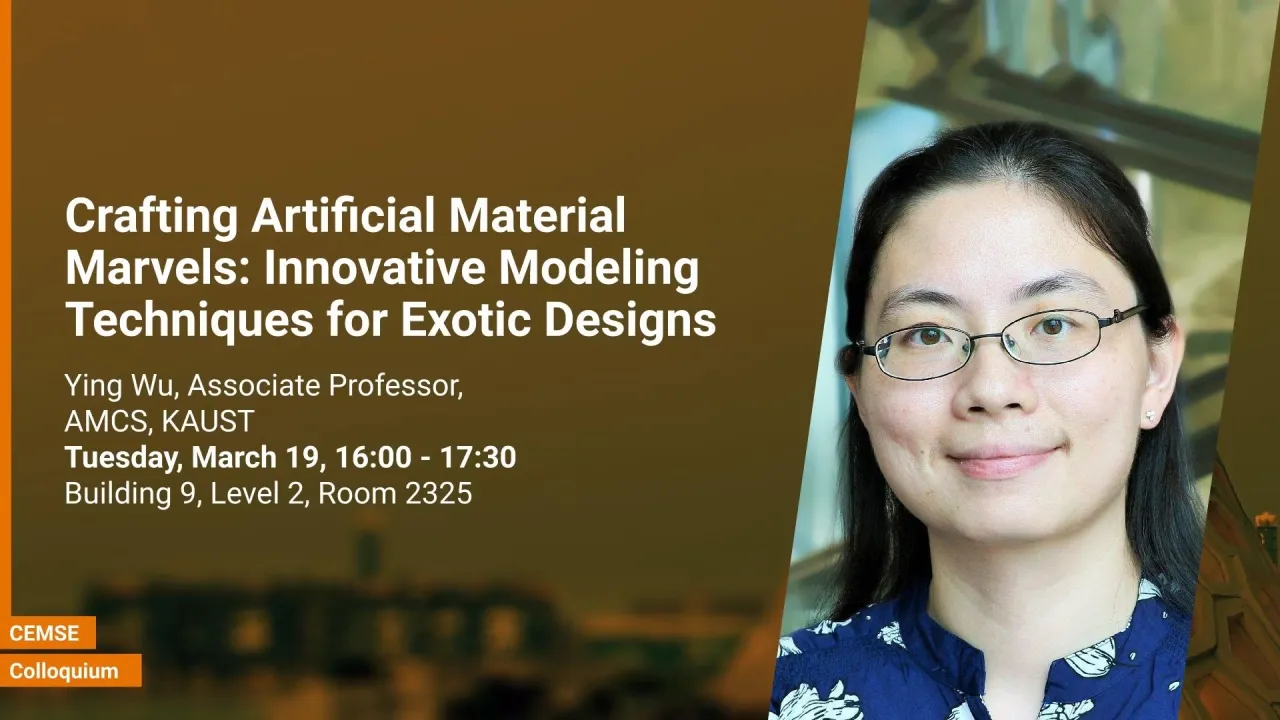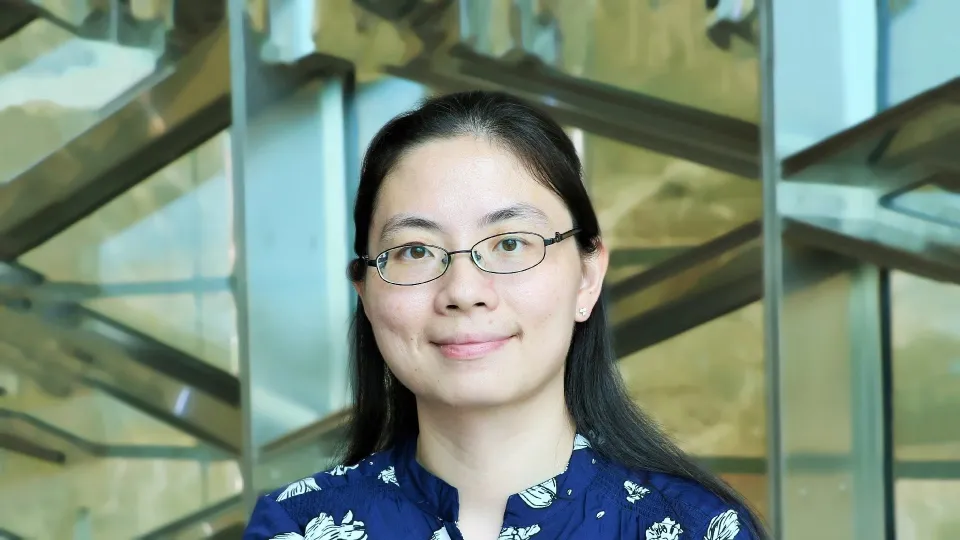
Crafting Artificial Material Marvels: Innovative Modeling Techniques for Exotic Designs
Artificial materials represent composite media that can be meticulously engineered to exhibit unique wave propagation behaviors. Our research endeavors are driven by the intriguing principles underlying these materials, such as effective models, and their broad applications, including perfect absorption. In this presentation, I will outline our recent advancements in our innovative design strategies for novel artificial materials from both forward first-principle physics-based modeling and data-driven approaches. Specifically, I will highlight our pioneering work in the designs of double-zero-index materials for both electromagnetic and acoustic waves. Additionally, I will discuss our discovery of the acoustic Purcell effect for enhanced emission, as well as our development of analytic and numerical solutions for space-time modulated wave systems. Furthermore, I will delve into our practical solution for achieving broad frequency cloaking of invisibility. These accomplishments hold significant promise for a wide range of applications spanning sound control, communication, sensing, imaging and more.
Overview
Abstract
Artificial materials represent composite media that can be meticulously engineered to exhibit unique wave propagation behaviors. Our research endeavors are driven by the intriguing principles underlying these materials, such as effective models, and their broad applications, including perfect absorption. In this presentation, I will outline our recent advancements in our innovative design strategies for novel artificial materials from both forward first-principle physics-based modeling and data-driven approaches. Specifically, I will highlight our pioneering work in the designs of double-zero-index materials for both electromagnetic and acoustic waves. Additionally, I will discuss our discovery of the acoustic Purcell effect for enhanced emission, as well as our development of analytic and numerical solutions for space-time modulated wave systems. Furthermore, I will delve into our practical solution for achieving broad frequency cloaking of invisibility. These accomplishments hold significant promise for a wide range of applications spanning sound control, communication, sensing, imaging and more.
Brief Biography
Dr. Ying Wu joined the Computer, Electrical and Mathematical Sciences and Engineering (CEMSE) Division at King Abdullah University of Science and Technology (KAUST) in October 2010 as an Assistant Professor in Applied Mathematics and Computational Science (AMCS) and was promoted to Associate Professor in 2017. Later she became co-affiliated with the Applied Physics and Electrical and Computer Engineering Programs. Dr. Wu received her BSc from Nanjing University in 2002 and PhD from the Hong Kong University of Science and Technology (HKUST) in 2008. Prior to KAUST, she worked as a post-doctoral fellow at HKUST. Dr. Wu’s research focuses on analytic and numerical models for wave propagation in complex media, with particular interests in homogenization and artificial structures. She serves as an associate editor for Wave Motion (2017-present) and EPL (2017-2023) and as a board member of the International Phononics Society (IPS) (2022-present). She was honored with the Young Investigator Award by IPS for her contributions to the field.
